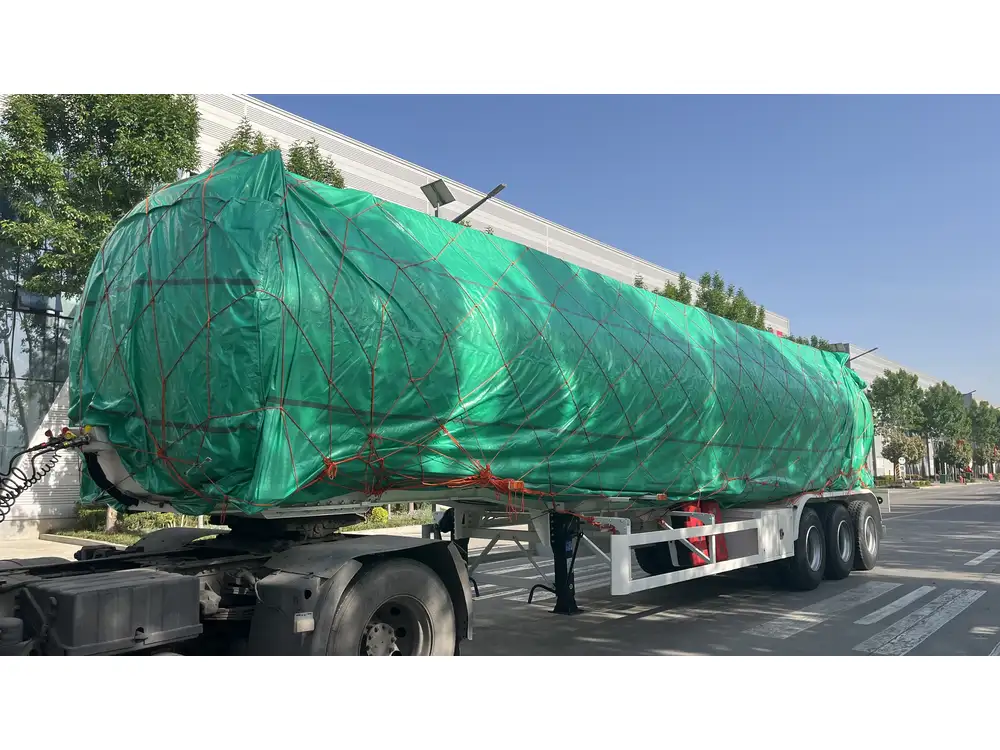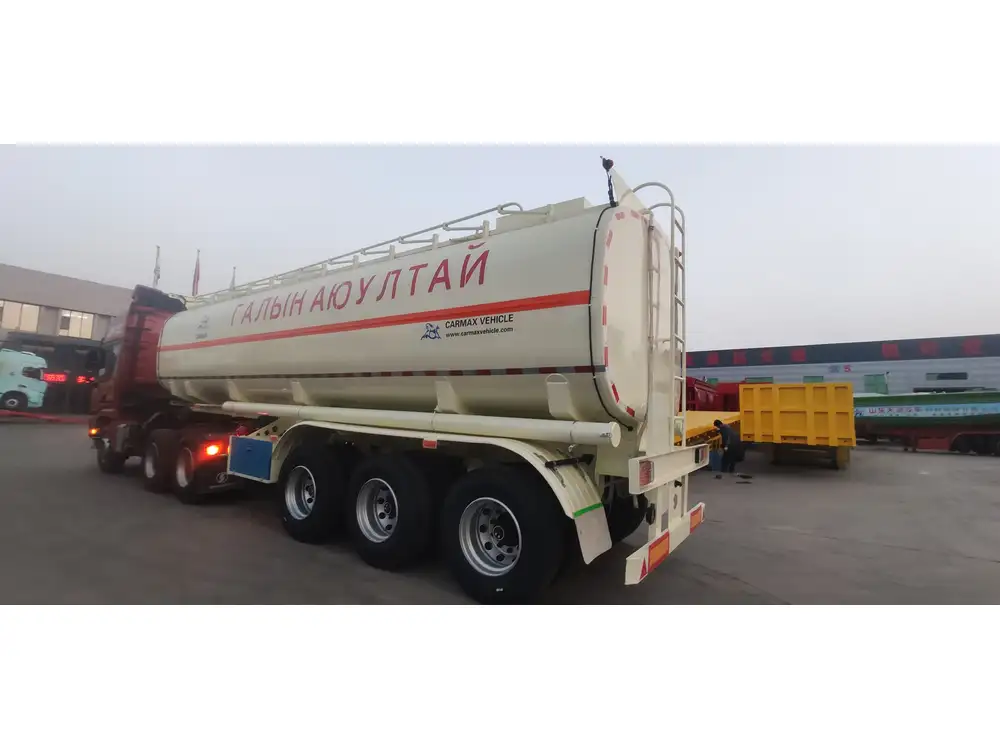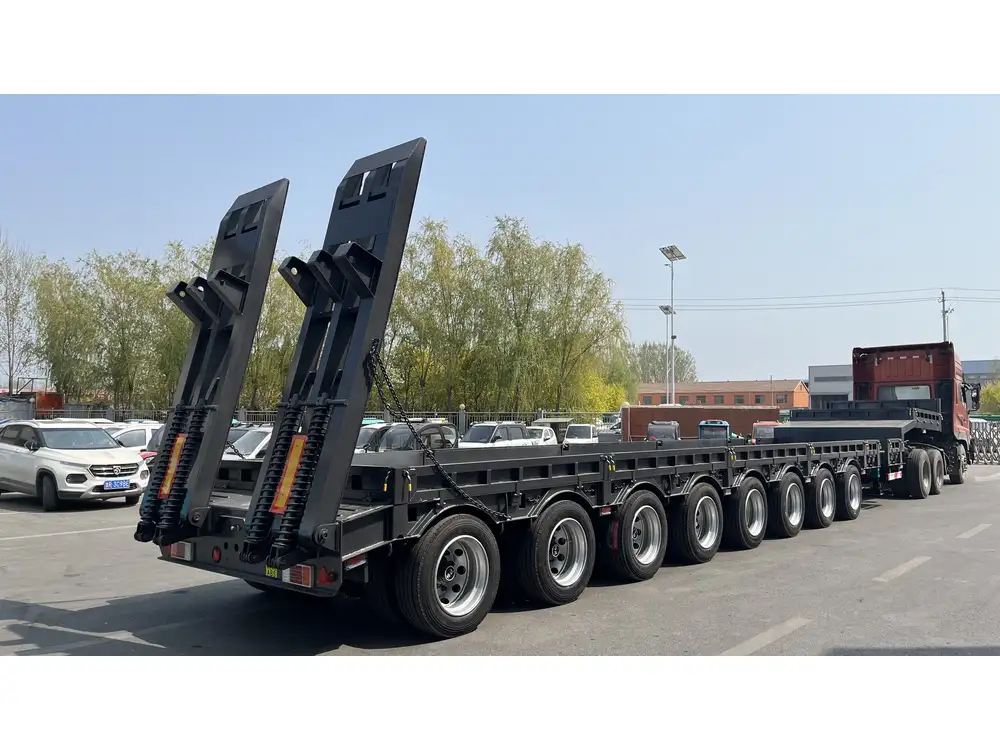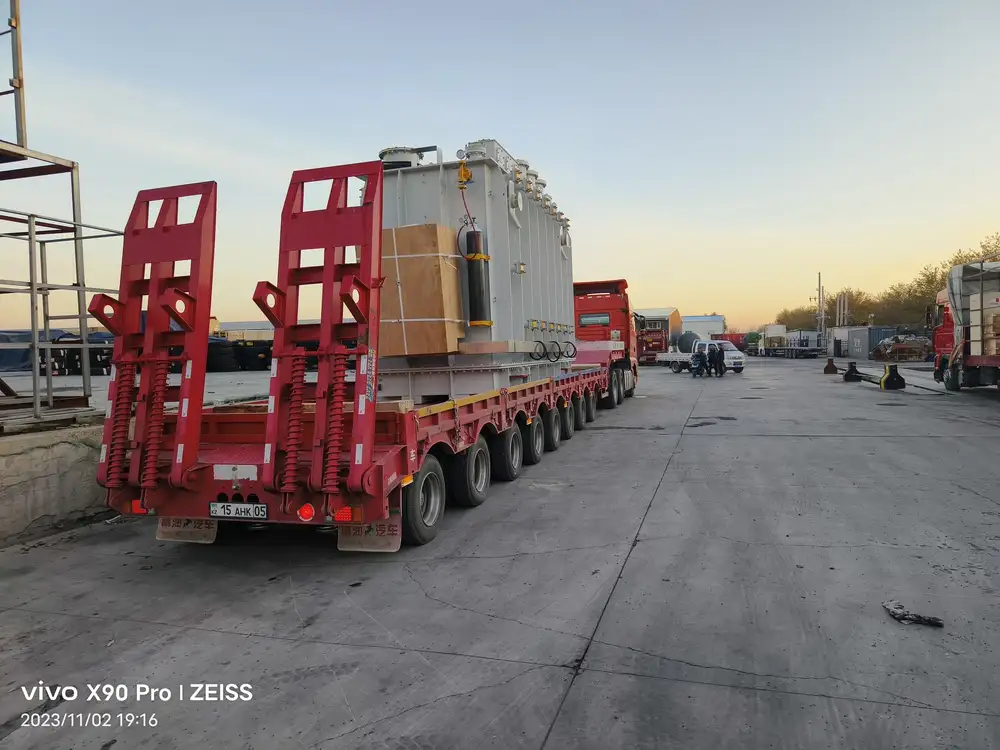Building a two-axle flatbed trailer is an rewarding venture for anyone in need of a practical transport solution. Whether for personal use, business, or as a DIY project, understanding the crucial steps, materials, and specifications involved is essential for success. This guide will cover the entire process from choosing your design to final assembly and testing.
Understanding the Basics of Flatbed Trailers
What is a Flatbed Trailer?
A flatbed trailer is a type of trailer that has a flat, level platform with no sides or roof. It is designed for carrying heavy loads that do not fit conventional trailers, such as machinery, building materials, or vehicles. Flatbed trailers offer versatility, making them a popular choice in various industries, including construction, agriculture, and transportation.

Benefits of a Two-Axle Design
- Increased Stability: A two-axle trailer provides better load distribution, minimizing the risk of tipping or swaying while in transit.
- Enhanced Weight Capacity: Two axles can typically handle more weight compared to single-axle designs, allowing for larger loads.
- Improved Maneuverability: These trailers are often easier to control, particularly during tight turns and on uneven terrain.
Key Considerations Before Building
Assessing Your Needs
Before starting to build your two-axle flatbed trailer, evaluate your specific needs:
- Load Requirements: What will you be transporting? Calculate the weight and dimensions of loads to ensure the trailer can accommodate them.
- Design Features: Consider features like ramps, tie-down points, or side rails that may enhance the functionality of your trailer.
- Local Regulations: Check regulations regarding trailer dimensions, weight limits, and licensing in your area.

Materials Needed
Here’s a comprehensive list of materials you’ll typically need:
| Material | Description |
|---|---|
| Steel Frame | Structural steel tubing or channel for the frame |
| Axles | Two heavy-duty axles rated for your required load |
| Tires | Appropriate tires for the axle size and load capacity |
| Wood or Metal Decking | Pressure-treated wood or steel sheet for the deck |
| Coupler | A coupler suitable for your towing vehicle |
| Safety Chains | Heavy-duty chains for secure towing |
| Paint or Sealant | To protect against rust and corrosion |
| Electrical Wiring | For brake and tail lights, if applicable |
Step-by-Step Building Process
Step 1: Designing Your Trailer
Creating a robust design is crucial. Use software or graph paper to sketch your plans. Consider the following parameters:
- Dimensions: Common flatbed sizes are 8 feet by 20 feet, but customize based on your needs.
- Height: Ensure the trailer height is manageable for loading and unloading.
- Weight Distribution: Plan axle placement to ensure even weight distribution.

Step 2: Constructing the Frame
Start with the frame, which serves as the backbone of your trailer.
- Cutting the Steel: Use an angle grinder or plasma cutter to cut the steel to the desired lengths according to your design.
- Welding the Frame: Employ a MIG welder to join the steel pieces. Ensure strong welds at all joints for durability.
- Adding Cross Members: Install cross members approximately every 24 inches to enhance rigidity.
Step 3: Installing the Axles
Proper axle installation is vital for stability and safety.
- Determine Axle Placement: Typically, place axles one-third the length of the trailer from the front.
- Mounting the Axles: Use u-bolts to secure the axles to the trailer frame. Ensure they are aligned correctly to prevent uneven wear on tires.
- Check Suspension: Ensure the suspension system is functioning correctly for smooth towing.
Step 4: Constructing the Deck
The deck is essential for load support and stability.
- Wood Decking: If using treated plywood, cut to size and lay across the frame.
- Metal Sheet Decking: For metal decks, measure and cut sheets to fit. Use screws or weld for secure attachment.
- Finishing Touches: Sand all rough edges and apply weather-resistant paint or sealant to protect against elements.

Step 5: Wiring for Lights
Safety is paramount, and proper lighting is critical for visibility on the road.
- Plan the Wiring Layout: Ensure the trailer complies with transport regulations for brake and tail lights.
- Installing the Lights: Attach the lights securely at the rear, ensure proper connection, and test functionality.
- Sealing Connections: Use heat-shrink connectors to protect electrical connections from moisture.
Step 6: Finishing and Testing
With the construction complete, testing is essential.
- Check for Issues: Examine all connections, bolts, and welds for sturdiness.
- Load Testing: Gradually add weight to the trailer within its rated capacity and monitor performance.
- Road Testing: Towing the trailer at low speeds while monitoring for any issues is crucial.
Optional Features to Enhance Functionality
- Ramps: Consider adding foldable ramps for easy loading and unloading of vehicles or equipment.
- Toolbox: Mount a toolbox for easy access to tools or spare parts.
- Straps and Tiedowns: Integrate built-in tie-downs or strap points to secure your loads effectively.

Common Pitfalls to Avoid
Underestimating Load Capacity
Many builders don’t accurately assess the maximum weight their trailer can handle. Before construction, ensure that every component is rated appropriately to avoid structural failure or unsafe conditions.
Ignoring Local Regulations
Neglecting to research licensing and registration requirements can lead to legal issues once the trailer is complete. Always ensure compliance with local transportation laws.

Poor Welding Practices
Inadequate welding can lead to frame failures. If you lack welding experience, consider hiring a professional to ensure the integrity of the structure.
Maintenance Tips for Longevity
- Regular Inspections: Periodically check the frame, axles, and lights for any signs of wear or damage.
- Rust Prevention: Regularly repaint or reseal the deck and frame to protect against corrosion.
- Tire Maintenance: Keep tires inflated to the recommended pressure and inspect for wear regularly.
| Maintenance Task | Frequency | Importance |
|---|---|---|
| Frame Inspection | Monthly | Prevent structural failures |
| Tire Pressure Check | Bi-weekly | Ensure safe towing |
| Light Functionality Test | Before every trip | Compliance with safety regulations |
Conclusion
Building a two-axle flatbed trailer can seem daunting, but with careful planning, the right materials, and attention to detail, it is an achievable project that serves practical use. By following this comprehensive guide, you can create a trailer that meets your needs and stands the test of time. Remember that thorough knowledge of regulations and regular maintenance will contribute significantly to its longevity and safety. Happy building!



